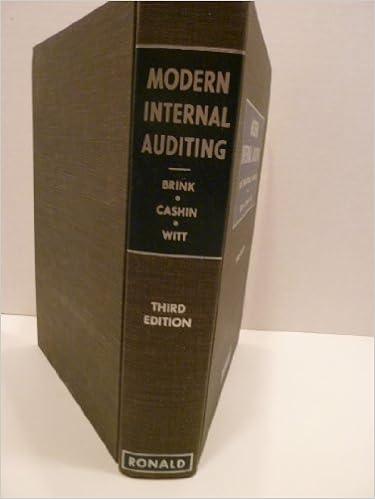Question
In a few words give me a substantive comment on this post, please: The difference between current and long-term assets and liabilities can vary in
In a few words give me a substantive comment on this post, please:
The difference between current and long-term assets and liabilities can vary in several ways. Current assets are the assets that a business expects to convert into cash or use up within one year or the operating cycle. Examples of current assets include cash, accounts receivable, and inventory. On the other hand, long-term investments are assets that a company holds for longer than one year, such as land, buildings, stocks, and bonds. Current liabilities are the obligations that a company expects to pay off within the next year or operating cycle. This can include short-term debts like credit card balances, accounts payable, and payroll obligations. Long-term liabilities, on the other hand, are the obligations that are due to be paid after one year. Examples of long-term liabilities include bonds payable, mortgages, and long-term loans. Distinguishing between these terms is important because assets represent the financial value held by a company, while liabilities represent financial debts or obligations. Current assets can be easily converted into cash within a year, while long-term assets cannot be readily converted into cash within a year. Similarly, current liabilities are short-term debts that need to be paid off within a year, while long-term liabilities are obligations that extend beyond one year.
Step by Step Solution
There are 3 Steps involved in it
Step: 1

Get Instant Access to Expert-Tailored Solutions
See step-by-step solutions with expert insights and AI powered tools for academic success
Step: 2

Step: 3

Ace Your Homework with AI
Get the answers you need in no time with our AI-driven, step-by-step assistance
Get Started


